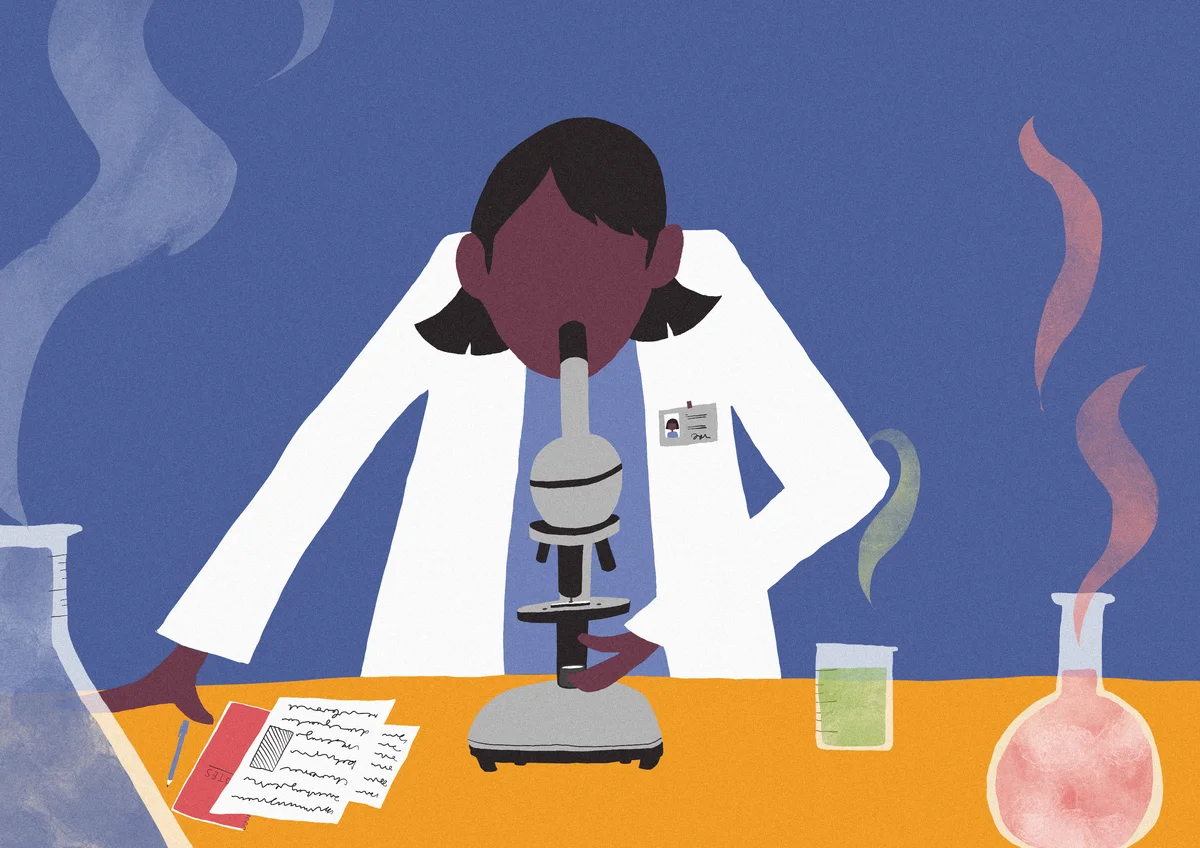
Addiction is a major social issue that unfortunately faces a stigma that those affected are too weak to get rid of their addiction. But what is often overlooked is that addiction is a complex disease and genetics most likely play a role in it.
A new study, conducted by scientists from both UBC and the University of Calgary, looked into the role of one type of protein — cadherin — in addiction in mice.
Cadherins are adhesive proteins found throughout the body as well as in the brain, where they are important in holding the sites where the cells communicate with each other known as synapses. Cadherins are thought to play an important role in learning and memory as well as in addiction. A study looking at genetic mutations in addicts found that many addicts share mutations in cell adhesion proteins, a group of proteins that includes cadherins. Dr. Shernaz Bambji, an associate professor in the faculty of medicine, and her lab wanted to find out more about how cadherins function in the brain’s “reward circuit,” parts of the brain involved in addiction such as the ventral tegmental area (VTA).
The experiment consisted of a box with three different chambers that the mice could identify as different by the patterns on the walls and under normal conditions, spend roughly equal times in all three chambers. During the experiment, mice were injected with cocaine in only one of the chambers and saline in the others so that they would associate the reward of the high to the chamber in which they were injected cocaine.
They found that normal mice tested would almost always gravitate toward the drug-paired room. But mutant mice, genetically altered to have more cadherin, responded differently. The mutant mice spent much less time in the drug-paired chamber than normal mice. This suggested that a difference in cadherin levels was impairing their ability to become addicted to the cocaine.
Analysis of brain samples from the VTA showed that in wild type addicted mice, there were much more cadherins moving to the synapses, helping to strengthen the synaptic connections and drive changes in the type of receptor present. But in mutant mice, the extra cadherin was “gumming up” the synapses and preventing the new receptors from getting into the right spot.
Andrea Globa, a UBC PhD candidate in neuroscience, said that these results are “a little bit different than what we expected to happen.” She explained that in the hippocampus, a part of the brain involved in learning and memory, more cadherins at synapses leads to a strengthening of the connections while removal of cadherins leads to weakening of connections. This is in stark contrast to the results of the experiment in the VTA. Showing that cadherins are important in many parts of the brain and that they behave differently as well.
So could modifying cadherin levels in humans be a possible solution for drug addiction in humans?
Not exactly.
Andrea explains that the issue with changing cadherin levels is that since they are important in other parts of the brain and for other types of learning, the trade off to impair memory to reduce addiction may not be worth it. Instead, she says that they “are looking at other proteins that might be involved in this whole pathway.” This is because if there are other enzymes or proteins that can affect cadherin, it may be possible to target cadherins specifically to one region of the brain while sparing other parts that would be negatively affected.
While the results of this study may not be the “smoking gun” in finding a solution to addiction, this new insight into the role of cadherins in different parts of the brain furthers our understanding of how addiction works and hopefully how to stop it.

